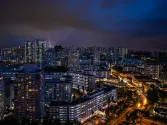Steam generators to see boom in APAC as governments come round to nuclear power
APAC's market value share will hit 47.2%.
The global steam generators market for nuclear power is set to rise from a cumulative $7.3 billion between 2010 and 2015 to $13.9 billion between 2016 and 2025, with Asia-Pacific (APAC) expected to emerge as the dominant region, accounting for 47.2% of global market value by the end of the forecast period, according to research and consulting firm GlobalData.
The company’s latest report states that in the APAC region Japan, China, South Korea, India, Taiwan, and Pakistan currently include nuclear power in their energy mix, and Bangladesh, Thailand, and Vietnam have firm plans to construct nuclear reactors by 2025.
In 2015, Japan had the highest nuclear installed capacity with 40.3 Gigawatts (GW), followed by China with 26.8 GW, and South Korea with 21.7 GW. India, Taiwan and Pakistan collectively had nuclear installed capacity of 11.5 GW. China is expected to emerge as the leading country in the region by 2017 with 43.9 GW, followed by Japan with 39 GW.
Nitika Bhardwaj, GlobalData's Analyst covering Power, explains: “Key advantages associated with nuclear power, such as the ability to produce consistent power to serve baseload requirements and the ability to generate electricity with a minimal environmental impact, are driving a number of nations to consider nuclear energy as a means to address increasing power demand.
“Indeed, it is widely acknowledged that the expansion of the nuclear power industry can also play a valuable role in reducing greenhouse gas emissions, with a number of countries adopting it along with other clean sources of energy such as wind, solar, and hydropower.”
Advanced technologies are the major reason for steam generators gaining popularity in emerging nuclear power countries. Following the Fukushima disaster, more countries are focused on the importance of safe nuclear reactor technology, with technologies such as Generation IV reactors, European pressurized reactors, and small modular reactors boosting nuclear power development in emerging nuclear countries.
Bhardwaj concludes: “The rising cost of fossil fuel, which constitutes a large portion of many countries’ energy mix, has increased the cost of power generation. Countries with scarce domestic energy sources are looking to develop nuclear power due to various advantages, such as the availability of nuclear fuel and the low cost of nuclear power generation, which has the potential to drive the steam generator market.”
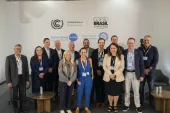

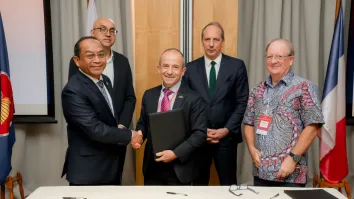







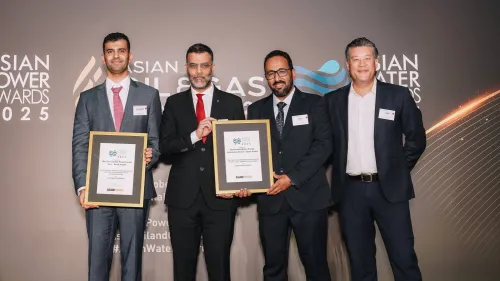
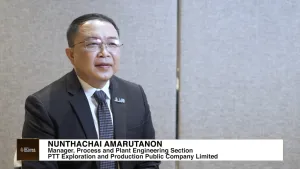
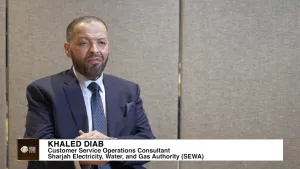



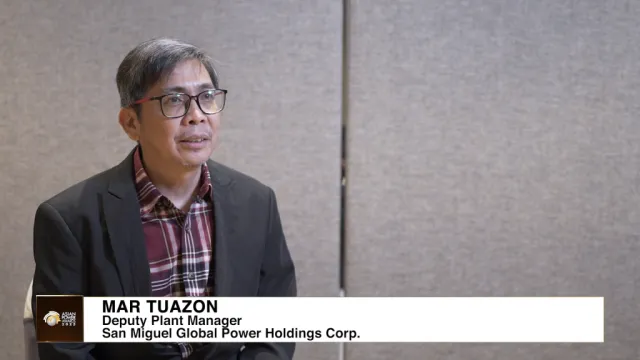
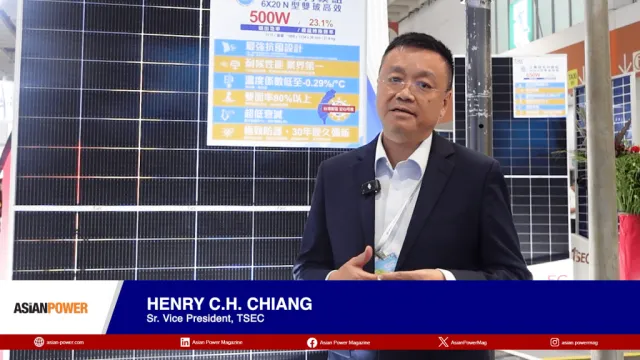

 Advertise
Advertise

